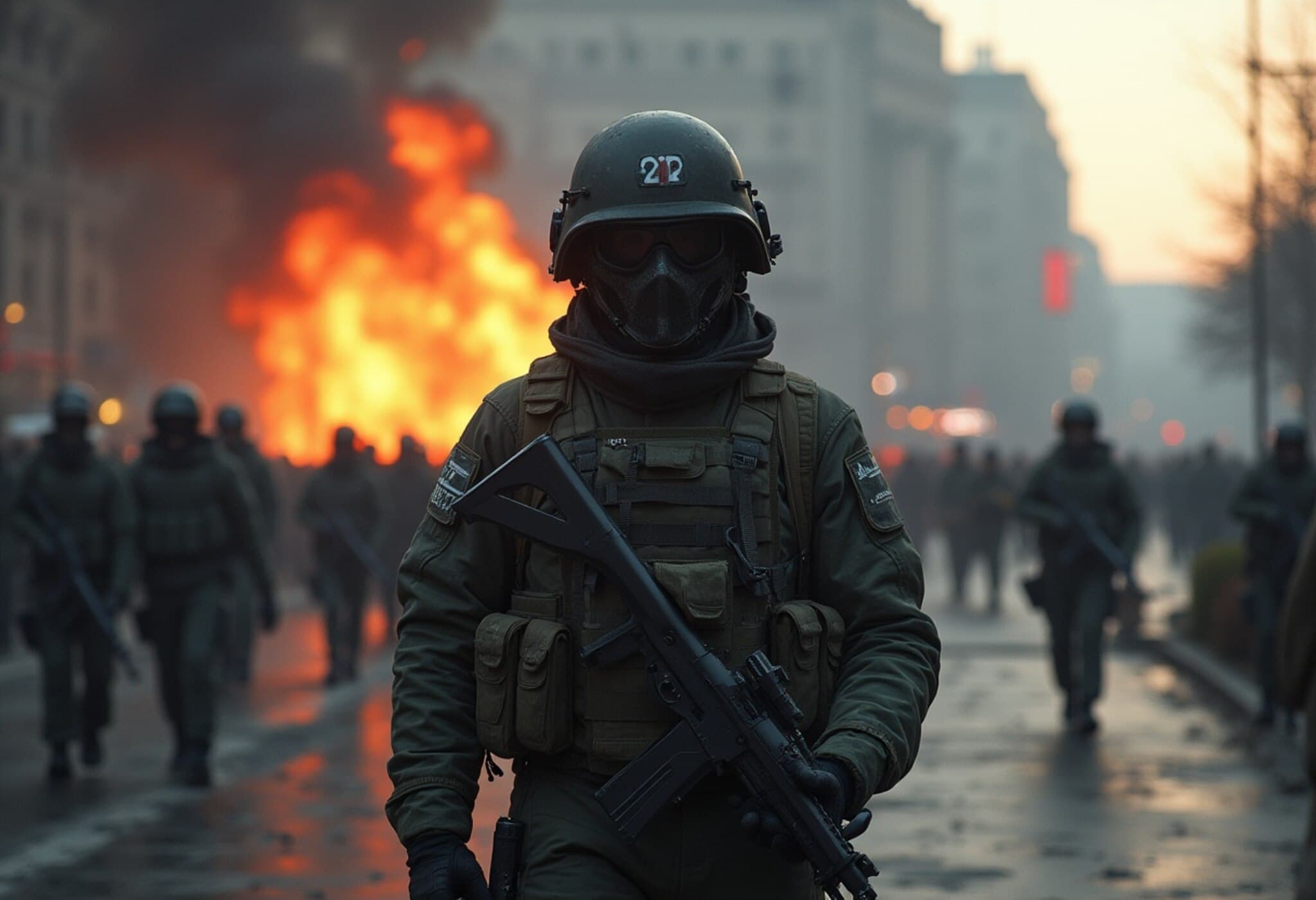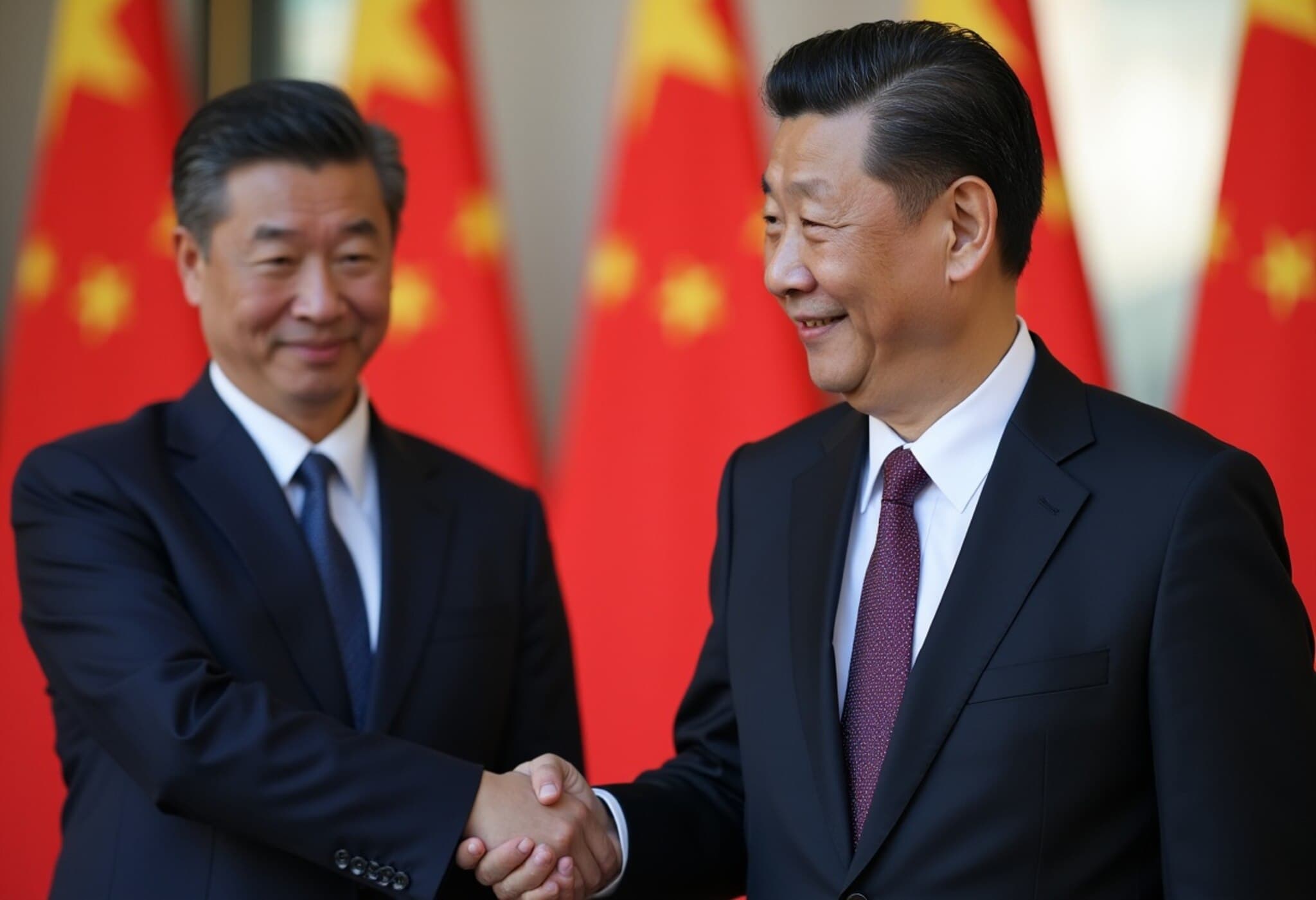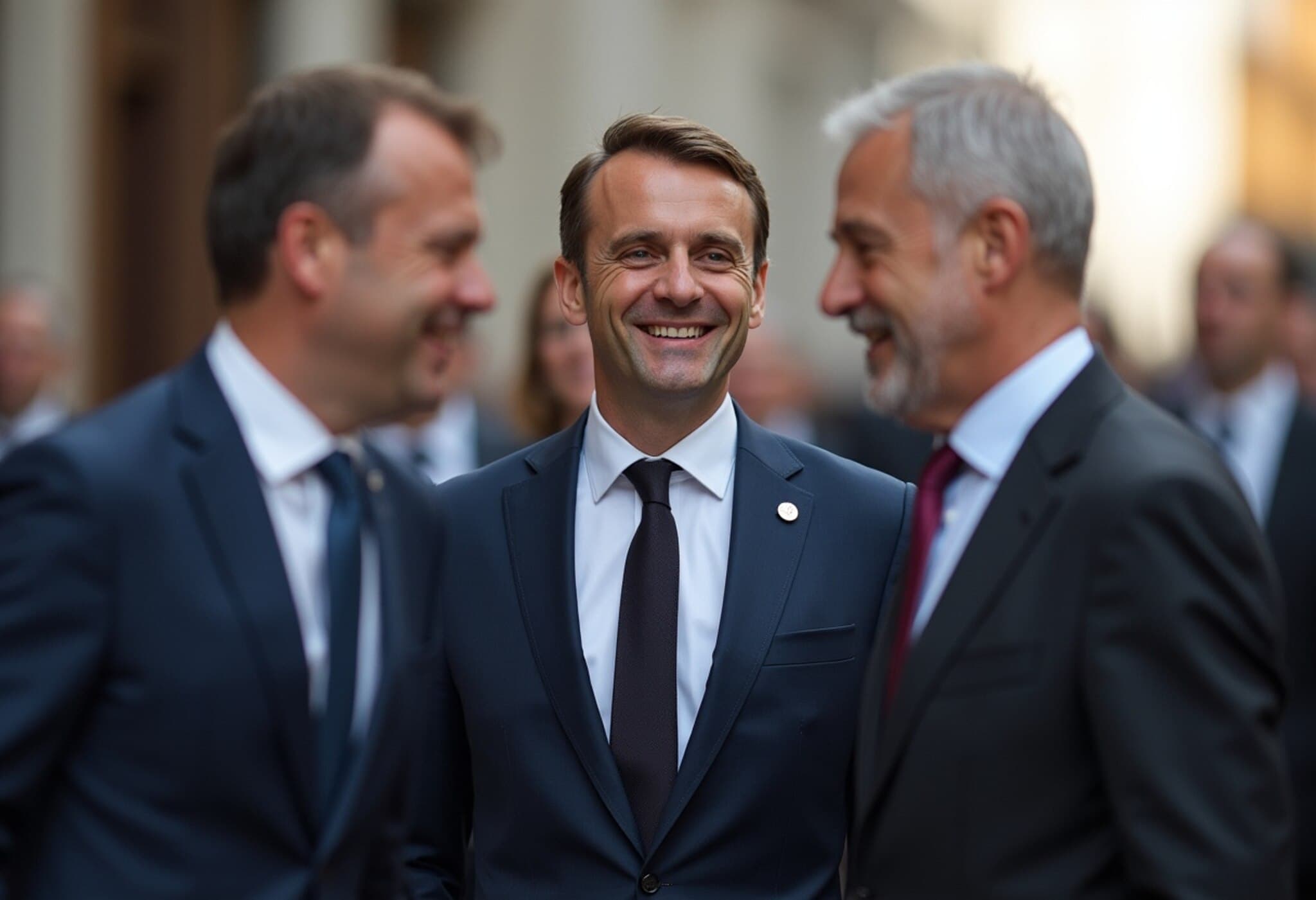Russian Sabotage Surge Across Europe Signals Escalating Hybrid Warfare
Since the onset of Russia's invasion of Ukraine in early 2022, European intelligence agencies have documented a sharp increase in sabotage activities attributed to Russian operatives. What began primarily as digital disinformation and cyberattacks has evolved into a pervasive and dangerous campaign targeting critical infrastructure through physical means.
Scope and Scale of Incidents
According to data compiled by The Associated Press, there have been more than 70 confirmed acts of sabotage across Europe, with a particularly steep rise in 2024 that nearly tripled the count from the previous year. These incidents span a broad spectrum, strategically aimed at:
- Transportation networks
- Energy facilities, including power grids
- Government offices
- Water supply systems
- Civil aviation infrastructure
- Industrial and manufacturing sites
The methods employed have diversified significantly, deploying tactics like arson, planting explosives, electronic sabotage, and even direct physical attacks using blunt instruments. Experts warn this shift from cyber to physical sabotage drastically raises the risk to civilian populations, highlighting an alarming escalation in both frequency and severity.
Amateur Operatives Fueling High-Stakes Missions
Investigations reveal that Russia’s military intelligence agency, the GRU, is orchestrating much of this sabotage by recruiting individuals without professional or criminal backgrounds—often young, disenfranchised Europeans—through encrypted messaging apps like Telegram. This decentralized network helps Moscow maintain plausible deniability while operating a flexible and expansive sabotage apparatus.
A notable case emerged in March 2024 when British courts convicted several young men for orchestrating an arson attack on a London warehouse storing critical supplies destined for Ukraine, including Starlink satellite equipment. The perpetrators, led by Dylan Earl, were linked to Russia’s Wagner Group mercenaries, creating a direct operational link to the Kremlin-controlled forces.
The trial detailed chilling recruitment tactics, with Earl communicating with handlers via Google Translate, illustrating both the reach and rudimentary nature of these networks. The fire inflicted close to £1 million in damages and endangered lives; a truck driver narrowly escaped injury, and nearby residents had to evacuate. Officials have warned that reliance on untrained operatives dramatically increases the risk of unintended fatalities.
Strategic Objective: Destabilizing Europe From Within
Western security analysts interpret these sabotage activities as components of Russia’s broader hybrid warfare strategy. Intended to destabilize European societies, undermine political support for Ukraine, and project Russia's power deep within NATO and EU borders, these attacks weave chaos into the broader military conflict.
Instances include attempts to disrupt undersea communication cables, bomb plots, arsons, and assassination plans. For example, Lithuanian authorities uncovered a plot involving a Ukrainian teenager recruited to ignite a fire at an IKEA store, resulting in significant destruction. Meanwhile, British intelligence has foiled plans targeting vocal Kremlin critics, such as Russian exile Evgeny Chichvarkin’s businesses, which faced arson and kidnapping threats.
Europe’s Challenge: Crafting a United and Effective Response
Despite increased intelligence sharing and security hardening efforts, Europe still struggles to develop a cohesive and robust defense against this relentless sabotage campaign. Experts emphasize that while national agencies are reactive, there is a critical need for a pan-European deterrence framework to prevent and respond rapidly to such threats.
An anonymous senior European intelligence official noted the campaign’s dangerous unpredictability — although Moscow attempts strict operational control, the use of unreliable middlemen often leads to uncontrolled escalation, missteps, and operational failures. This was evident when Russian handlers reprimanded the arsonists in London for unauthorized actions that compromised future missions and made compensation impossible.
Strengthening Defenses: Policy and Practical Imperatives
Governments across Europe face rising pressure to not only harden physical infrastructure but also expand counterintelligence capabilities and legal measures tailored to deter covert sabotage activities. The United Kingdom’s invocation of the National Security Act against individuals acting on behalf of foreign intelligence agencies signals progress but also underscores the need for a united European legal and strategic framework.
Security analysts caution that these sabotage incidents are not isolated attacks but coordinated efforts designed to erode trust within and between European nations, ultimately seeking to fracture the unity key to countering Russia’s military aggression in Ukraine.
Editor’s Note: Vigilance in an Era of Hybrid Threats
As this complex and evolving sabotage campaign unfolds, it challenges Europe’s ability to maintain security and societal cohesion. The rise of amateur operatives recruited through lax online platforms highlights vulnerabilities in counterintelligence. European nations must grapple with critical questions: How can they build resilient infrastructures that anticipate not only cyber threats but physical sabotage? What legal frameworks and international cooperation mechanisms are necessary to deter and respond effectively? The path forward demands not just reactive measures but a holistic and visionary approach to defense in an era defined by blurred lines between war and peace.



















